Best Jeep Mods For Off-Road Performance with Casey Currie
Casey’s own racing career began in the MDR (Mojave Desert Racing) series behind the wheel of his JeepSpeed, where he took second place in the Pro Truck class at the Baja 1000 and third in the Class 1 vehicle class at the Baja 500. At 22, he became the youngest team owner in short course racing, adding multiple wins, podium finishes and a championship in 2010 to his long list of accomplishments. He even made history by finishing the Baja 500 Trophy Truck Class in a straight-axle Jeep and more recently by winning the UTV class in the Dakar Rally.
Clearly, Casey is well versed on how to build custom Jeeps for racing, off-roading or even everyday driving, so we figured he was the perfect person to talk to about properly setting up America’s favorite off-roader for some good old fashioned fun.
What makes the Jeep such a popular choice for off-roaders?
Casey told us that Jeep as a brand has done a phenomenal job at making the Jeep “upgradeable, meaning that front and rear bumpers can be changed without getting into the bodywork, axles can be changed without the drive computers freaking out, and the drive shafts can be upgraded with relative ease.”Something he pointed out—and that we found particularly relevant, of course—was that Jeep exhausts can be upgraded for sound and clearance without affecting emissions controls or pesky sensors. “Being so modular and with such great aftermarket support, the Jeep is the perfect vehicle to customize—you can make it exactly how you want without having to be a fabricator.”
What’s your ideal Jeep as a base for customizations?
Casey told us that despite being a rough-and-ready off-roader, he’s a “big fan of luxury.” For this reason, he prefers the most recent line of JL Jeeps. He did note, however, that from a practicality standpoint, “the JK has fantastic suspension articulation.” Of the more recent generations of Jeep, Casey pointed out that the “TJ is a great little runner, but it can be slightly weird to drive because of how short the wheelbase is.” 
Of the current Jeeps, which do you most prefer — Wrangler, Wrangler Unlimited or Gladiator?
Casey has logged plenty of time behind the wheel of all three versions of the most recent Jeep, and noted that each has strengths and weaknesses. The JT, or Gladiator, is particularly long with a 137.3-inch wheelbase, making it more likely to high-center while off-roading. The Wrangler Unlimited is considerably shorter at 118.4 inches, while the base Wrangler clocks in at only 96.8-inches. Casey ultimately said that “Jeep did a great job with the approach and departure angles on all JL and JT generation Jeeps, but given the JT’s limitations, it would have to be an Unlimited or a Wrangler for me.”
What’s the ideal suspension setup for a Jeep?
If you are just starting to customize your Jeep, you have a couple options. “If you want to drive down the street and look good, you can just buy a suspension kit,” Casey said. “But if you want to go off-roading with 40-inch tires, there are more things to consider.” He noted that the stock axles and drive shaft are weak points once suspension and tires have been upgraded, so if you plan on taking your Jeep on some rough terrain, realize that modifications to the suspension and drive components must go hand in hand. “Upgrades exist because there are inherent weak points, even on the Jeep.”If you want to upgrade shocks or coilovers, there are a few more things to consider. Casey said that on his personal JK, he runs Fox 2.0 monotube shocks with electronic control for damping. Monotube shock absorbers have a single valve assembly that evenly distributes pressure over the entire circumference of the shock, while twin-tube shocks have several valves on the pistons that work independently of each other. Casey likes the electronic control because he can put the shocks in the softest setting for rock crawling, or he can put them in the firmest setting to reduce body roll and increase control during fast off-roading. For off-roading in demanding hot environments, Casey does recommend going to a 3.0 shock with internal bypass, allowing for the delete of bump stops. This helps decrease overall shock temperature and reduce shock fade.
In terms of suspension travel, he recommends a 3- to 3 ½-inch lift, allowing for improved ground clearance while maintaining comfortable on-road driving behavior.

Do you recommend engine upgrades?
“The Pentastar V6 is perfectly fine for me,” Casey said. “I’m doing an LS3 swap on my JK right now, but what you lose with an upgrade like that is the ability to go into any Jeep dealership and have them read the codes on your car if you are having problems.”Regardless of the engine, Casey explained that sound was one of his biggest concerns. “I have the MagnaFlow Rock Crawler Series Performance Exhaust System on my Jeep,” he told us, ‘and it’s perfectly tucked away from the ground and sounds great.”
For wheels and tires, what’s your recommendation?
“It really comes down to what you can afford,” Casey said. Just like suspension, wheel and tire modifications sometimes require other supporting modifications. An increased overall diameter will often increase weight and grip, which may reveal weak points on your Jeep. He explained that, for wheels and tires, you also have to consider your axles and gear ratio. Axles can “snap” if they are too weak. Changing the diameter of your tires also affects your speedometer, acceleration and fuel economy if you choose not to regear your Jeep.In terms of tire type, Casey recommends matching the tire to your driving needs. “I run mud terrains on many of my Jeeps, but that’s because I only off-road them,” he said. “For my regular Jeeps, I prefer an all-terrain tire. They’re quiet, roll easy, are better for fuel economy and have better on-road manners.” For wheel size, Casey recommends a 17-inch wheel as it works well with most stock and aftermarket brake packages.
Do you recommend any transmission or other driveline upgrades?
Casey told us, “it’s an almost $10,000 upgrade from a Wrangler Sport or Sahara to a Rubicon.” In his opinion, that money could be more effectively spent on aftermarket upgrades that are better than those of the Rubicon. Front and rear differentials and sway bars are upgrades to consider on more base Wranglers, but Casey noted that, “if you already have a Rubicon, just do tires and a lift.”What do you recommend for an exhaust? What are the common problems with the stock exhaust and what solutions do you recommend?
“Before we even discuss sound or performance,” Casey said, “the issue is ground clearance. The stock exhaust has a huge muffler and drops out below the rear bumper, meaning it can drag while off-roading.”Casey said that he prefers MagnaFlow’s exhaust options for the Jeep, because they offer different solutions for different driving needs.
MagnaFlow Street Series Performance Exhaust System, available in cat-back or axle-back configurations, adds a dual-exit muffler, the option for polished or black tips, and MagnaFlow’s signature deep sound. The Street Series exhaust has a moderate exterior sound level and a mild interior sound level, making it perfect for everyday on-road driving conditions or for occasional light off-road use. MagnaFlow Off-Road Pro Series Cat-Back Performance Exhaust System is only available in cat-back configuration, and is meant to improve ground clearance while also adding a more performance-oriented sound. The exhaust is tucked up in the chassis and has a turn-down exit before the rear tire, making the most of your approach and departure angles. The Off-Road Pro Series exhaust has a very aggressive exterior sound and an aggressive interior sound, so make sure to check your local sound regulations if you plan to use this exhaust on the road.


Lastly, what are the three most important modifications for someone new to the Jeep scene?
Casey said that, for safety modifications, he recommends having an air compressor, a tow strap and a fire extinguisher on hand at all times, especially if off-roading by yourself. For a Jeep, however, he said that a lift kit paired with tires and wheels is a great place to start. The third modification would be supporting modifications for your setup, like axles, gears or both.We’re going to go ahead and recommend a fourth mod, that being one of our performance exhaust systems.
Have questions? Give us a call at 1-800-990-0905 and we’d be happy to help.
SHOP JEEP PERFORMANCE:


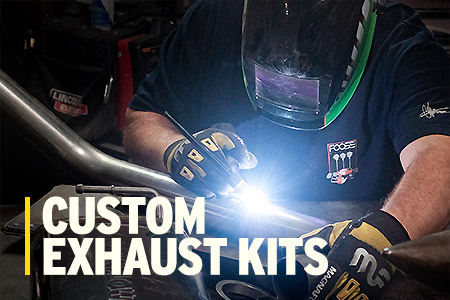
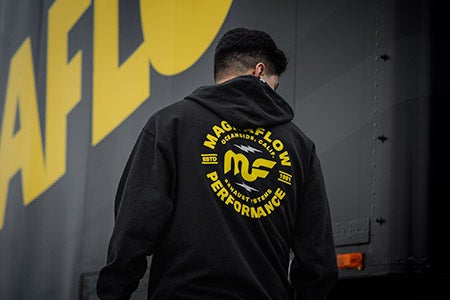
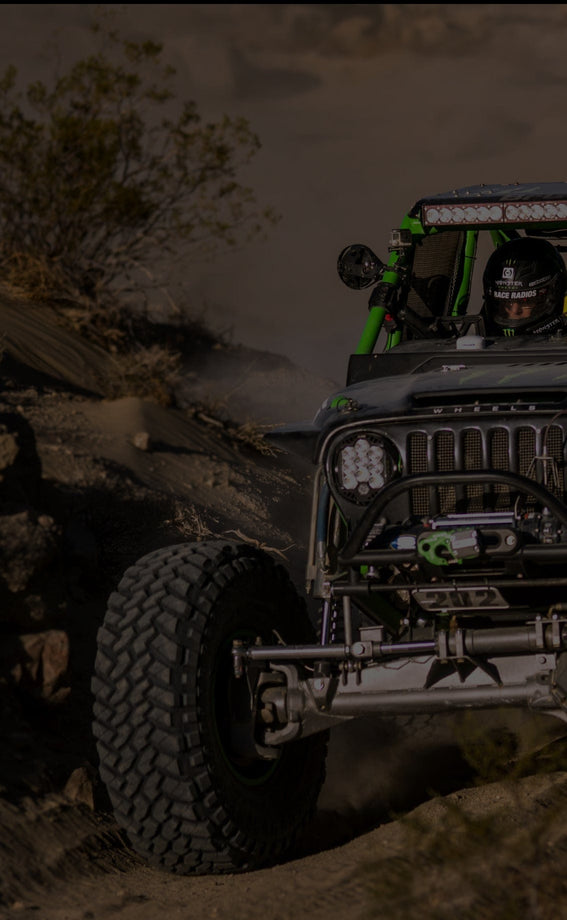





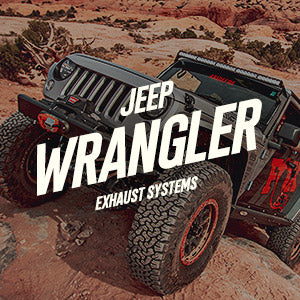

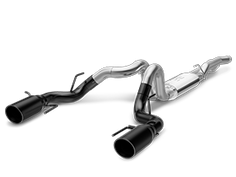
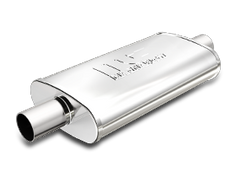
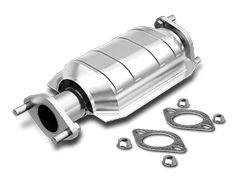
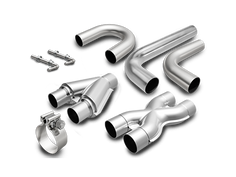
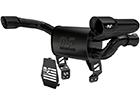
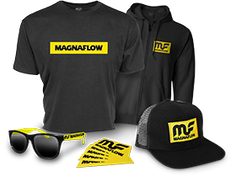









Comments